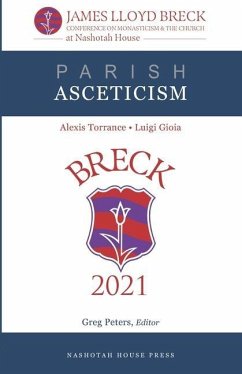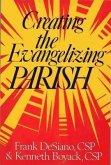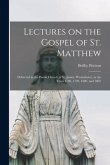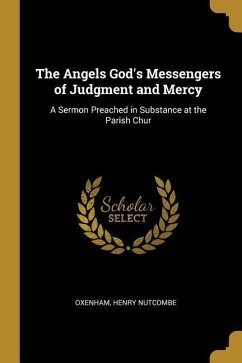The theme of the second conference, held on the campus of Nashotah House from June 24-25, 2021, was "Parish Asceticism." The Christian tradition takes for granted that baptized believers will engage in some form of bodily training for the purpose of godliness (cf. 1 Tim. 4:7-8). The Apostle Paul said, "I always take pains to have a clear conscience toward God and toward men" (Acts 24:16). That is, he engaged in asceticism for the purpose of being in relationship with God and with all humankind, motivated certainly by Jesus' admonition to "love the Lord your God with all your heart and with all your soul and with all your mind. This is the great and first commandment. And a second is like it: You shall love your neighbor as yourself. On these two commandments depend all the Law and the Prophets" (Matt. 22:37-40). Moreover, the "phenomenon of asceticism is indeed a subject of perennial and universal interest" (John Behr). Oftentimes, however, the language of "asceticism" conjures images of emaciated monks and nuns who fled to the desert to engage in a kind of harsh asceticism that today would appear to be rooted more in psychological disorder than the love of God. But such an understanding is distorted and a caricature of good and proper Christian asceticism. Thus, the 2021 Breck Conference explored the main elements of Christian monasticism to present its varied and rich history, attempting to recover this tradition as an essential element in today's Church, and not only for monks but for all baptized Christians. For it is in the crucible of the parish where all Christians become ascetics. The conference consisted of five plenary talks by three speakers and included much time for informal discussion and interaction. The speakers included Rev. Dr. Luigi Gioia >Rev. Dr. Alexis Torrance >________________________________________ About the Breck Conference: The conference name was chosen to honor one of the founders of Nashotah House while also being clear that the conference was on monasticism but with the purpose of recovering elements of the Christian monastic tradition for the contemporary church. James Lloyd Breck, while a student at General Theological Seminary in New York, responded to an invitation by Bp. Jackson Kemper to come to the Wisconsin frontier. In correspondence with his brother, Breck wrote, "The following is mooted [i.e., spoken] in our class-and be not surprised if time should strengthen it-that six or eight of us clan together, going out West, place ourselves under Bishop Kemper, all at one point, and there educate and preach; to live under one roof, constituted into a Religious House, under a Superior." Simply put, Breck imagined that what was to become Nashotah House was a monastic endeavor.
Hinweis: Dieser Artikel kann nur an eine deutsche Lieferadresse ausgeliefert werden.
Hinweis: Dieser Artikel kann nur an eine deutsche Lieferadresse ausgeliefert werden.





![A Sermon Preached Before the Incorporated Society for the Gospel in Foreign Parts [microform]: at Their Anniversary Meeting in the Parish Church of St A Sermon Preached Before the Incorporated Society for the Gospel in Foreign Parts [microform]: at Their Anniversary Meeting in the Parish Church of St](https://bilder.buecher.de/produkte/66/66184/66184755m.jpg)


